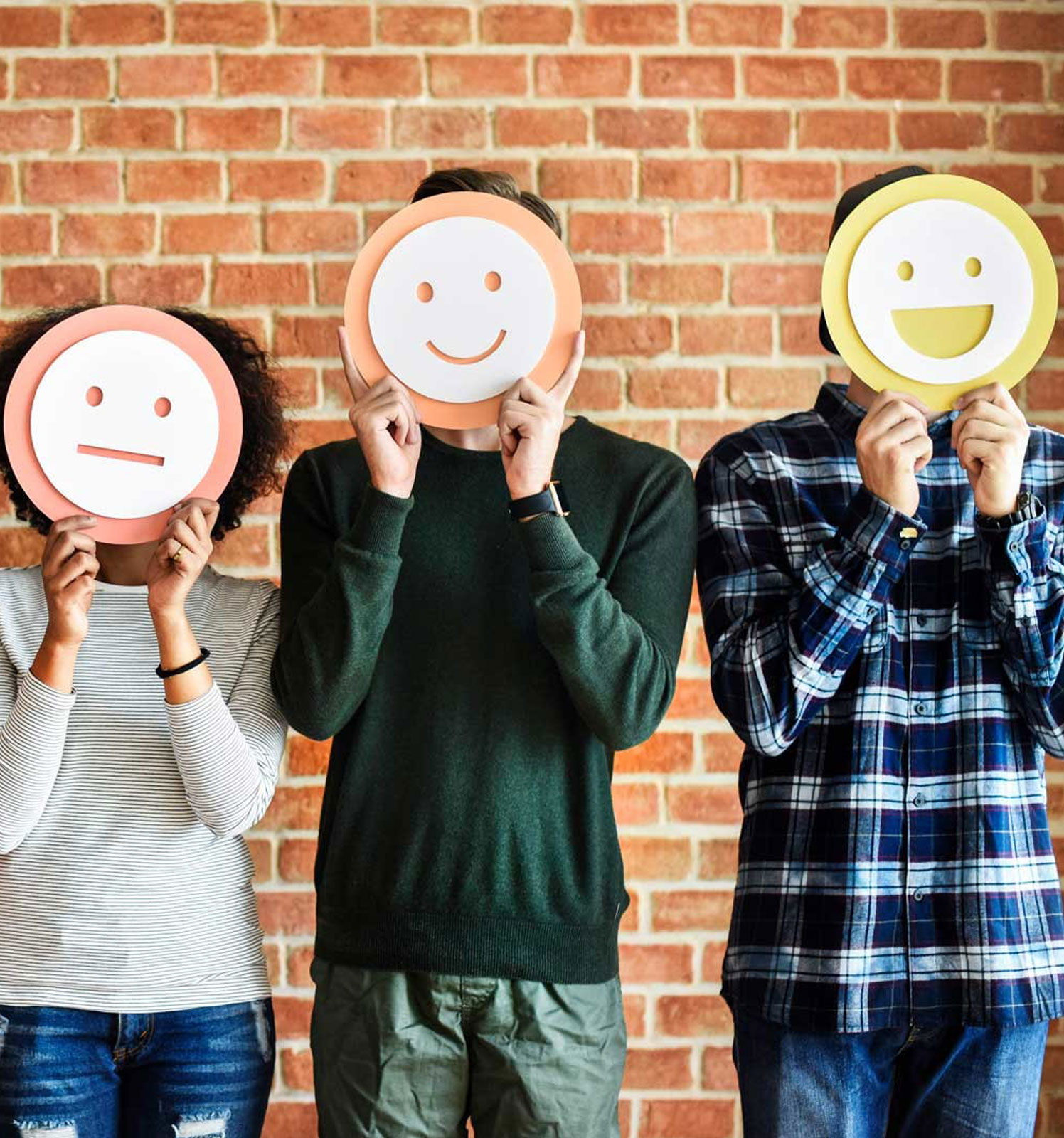Blog
Affect Heuristic in Your Ads: How Buyers Make Decisions Based On Emotions
Are emotions crucial in ads? Discover how big brands leverage emotions to make history in advertising.

Take your business to the next level with NEUROFY
Are emotions crucial in ads? Discover how big brands leverage emotions to make history in advertising.

Imagine you have had a long day where nothing worked out for you. You started your morning by eating burnt toast to messing up your day at work by not completing your tasks. Now you feel a bit blue and instead of heading straight home, you find yourself wandering into a boutique you pass by. You end up splurging on a pair of expensive shoes that you’ve been eyeing for weeks, convincing yourself that they'll instantly lift your spirits. Right after the purchase, you feel the happiness kick in but soon that dips, and the guilt creeps in for purchasing something completely out of your budget! Welcome to the concept of affect heuristic. The affect heuristic happens when how we feel right now affects the choices we make. Instead of thinking things through logically, we go with our gut feelings and do what feels right at the moment. But this can sometimes lead us to make decisions that aren't the best for us, like purchasing those expensive shoes that were not in your budget.
This heuristic comes under cognitive bias. Imagine your brain like a supercomputer that's really good at solving problems. But sometimes, instead of carefully thinking through every detail, it takes shortcuts to save time. These shortcuts are called cognitive biases. They're like little tricks your brain uses to quickly make decisions without thinking too hard. However, these shortcuts can sometimes lead to mistakes or errors in judgment because they don't always consider all the facts or possibilities. So, cognitive biases are just the ways our brains can sometimes make mistakes when making decisions.